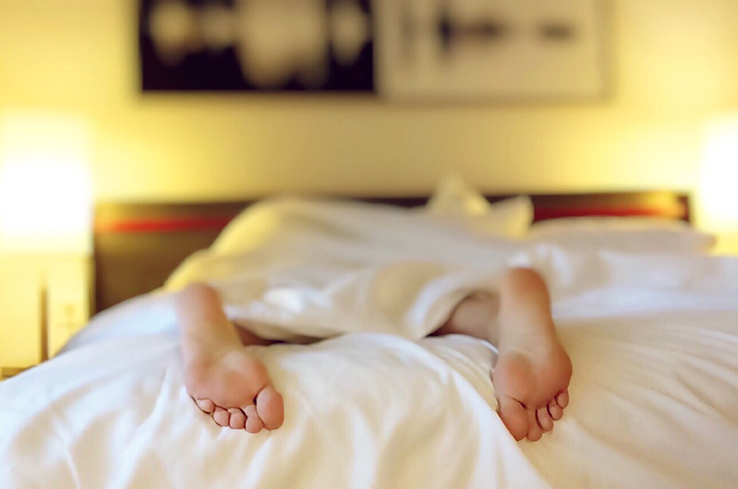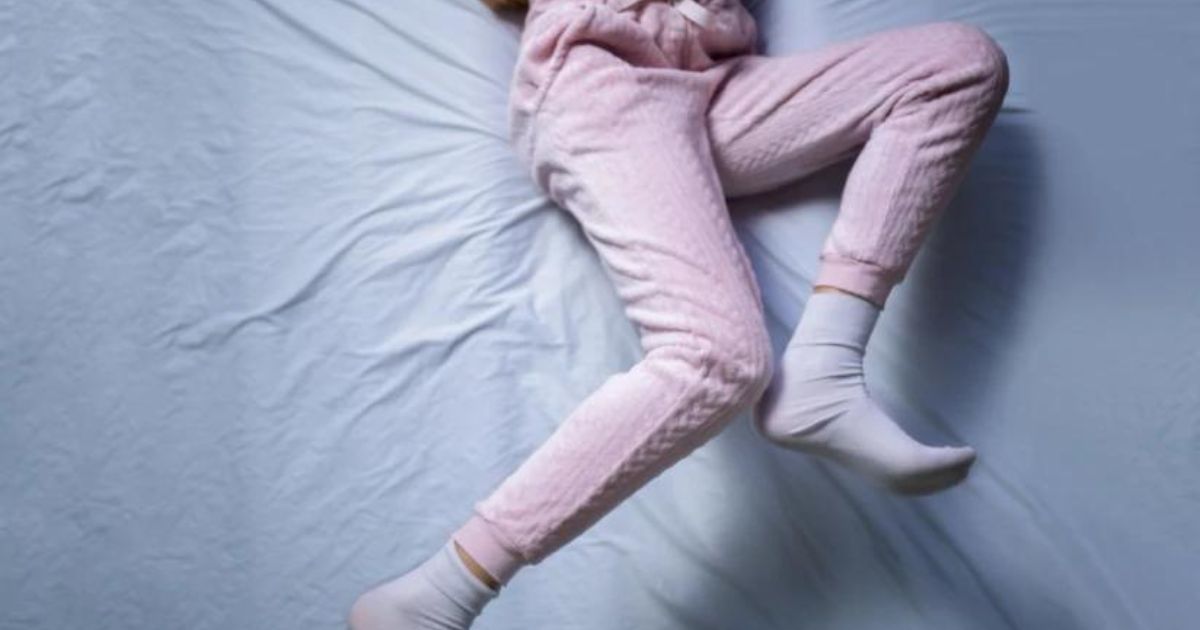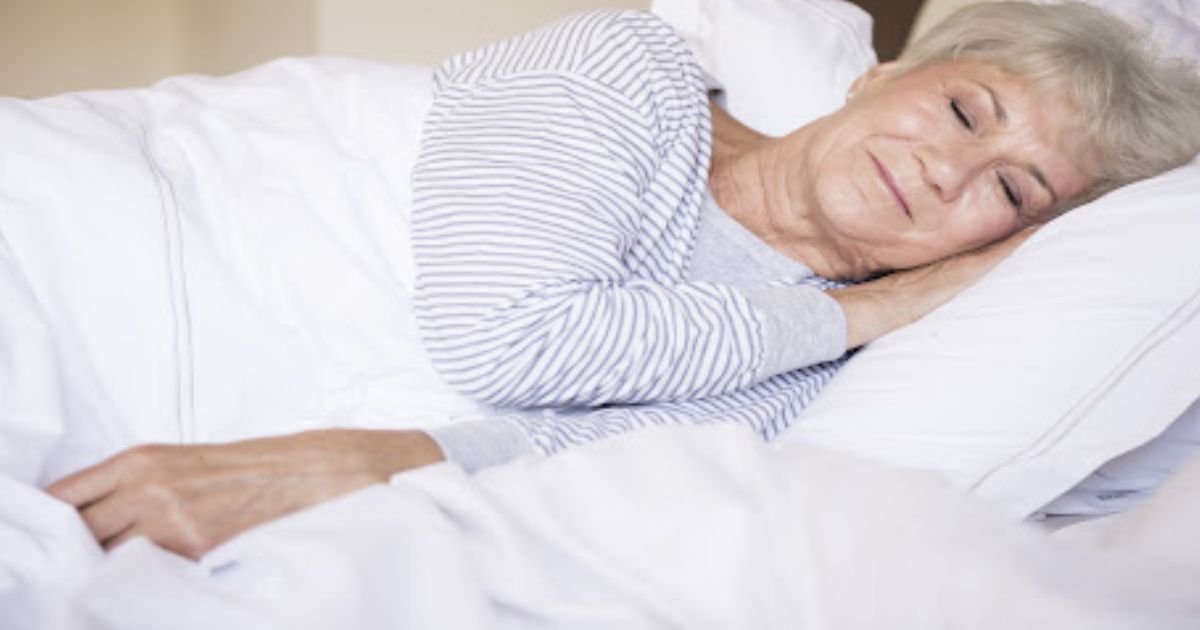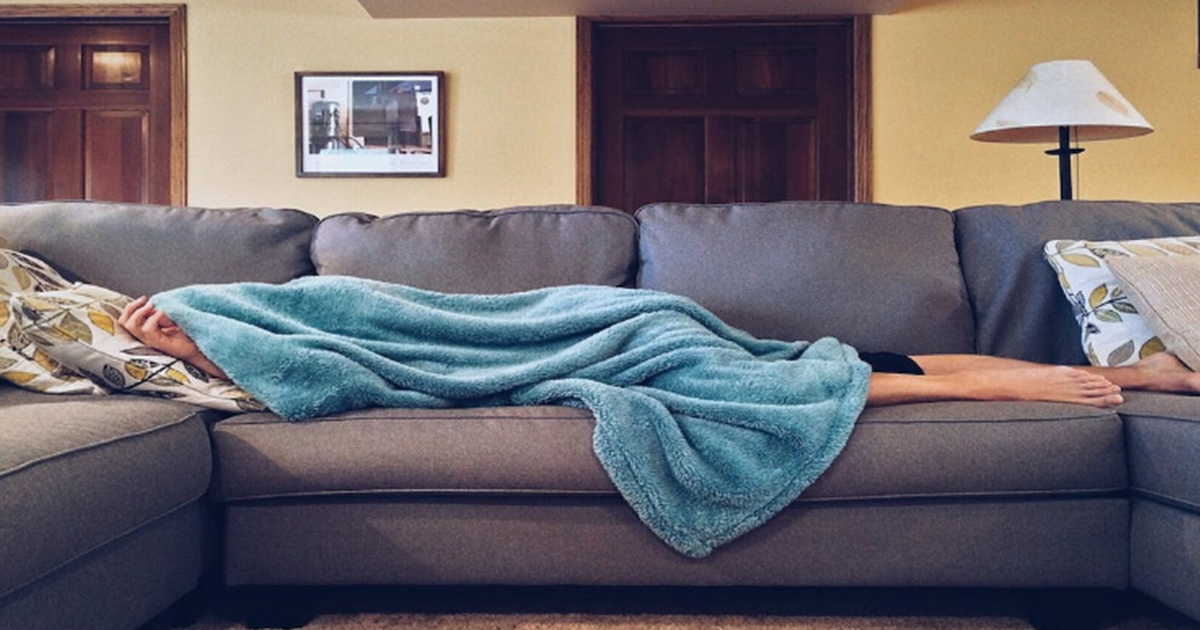Do you have difficulty falling or staying asleep? You could be suffering from Restless Leg Syndrome. Also known as RLS, Restless leg syndrome is a neurological condition that causes an irresistible impulse to move one’s legs. It affects about ten percent of adults and two percent of children in the United States. In rare cases RLS can also affect other body parts such as the arms, face and torso.
With restless leg syndrome, the urge to move the legs is often accompanied by unpleasant sensations in the legs and feet. The sensations normally begin when sitting or lying down for a long period of time, which is why it commonly interferes with the ability to get a good night’s sleep.
Some signs and symptoms of restless leg syndrome are:
- Sensations will usually begin after sitting or lying down for a long time.
- The feeling of sensations such as crawling, pulling, pins and needles, itching, throbbing and aching.
- Moving the legs (such as stretching, kicking and walking) relieves these sensations or makes them less intense.
- Symptoms are most prevalent in the evening.
- Legs twitch and kick while sleeping.
The specific cause of restless leg syndrome is not usually known, but there are a number of factors that may increase the likelihood of having symptoms. These include pregnancy/ hormonal changes (symptoms usually stop after birth), anemia/iron deficiency, alcohol use, sleep deprivation and chemical imbalance. Heredity can also play a role, especially if RLS occurs before the age of 50.
People may have restless leg syndrome at any age, but it most often develops with age. It is more commonly seen in women than in men. RLS is not normally considered a serious medical condition but can point to conditions such as peripheral neuropathy (damage to nerves of the hands and feet which can be due to diabetes or alcoholism), iron deficiencies and kidney failure.
People who suffer from restless leg syndrome have difficulty falling asleep and staying asleep, and that can begin to take its toll. RLS can lead to a number of issues including insomnia, drowsiness, depression and lack of concentration. While there are no specific diagnostic tests for RLS, a doctor or sleep specialist such as Dr. Nassar will looks at various factors such as the patient’s symptoms, family history of symptoms, use of medications or alcohol and issues with daytime fatigue. He may also use physical and neurological exams and blood tests to see if there are underlying conditions. A sleep test is not normally necessary, but in some cases can prove useful.
There are some natural treatment options that can help ease the discomfort of RLS. These include treating area with warm or cool compresses, soaking in a warm bath, stress relieving techniques, avoiding caffeine and alcohol, getting moderate exercise regularly and practicing good sleep habits. When these practice aren’t enough, therapy with dopaminergic drugs can be very effective. In stubborn cases, benzodiazepines, opioids, and some anti-seizure medications may be prescribed.
For diagnosis or treatment of restless leg syndrome, contact Dr. Nassar and his specialized team at Jacksonville Sleep Center today. They will help determine the best method of treatment to provide relief from this uncomfortable condition.
Resources:
https://sleepfoundation.org/content/restless-legs-syndrome-rls-symptoms
http://www.mayoclinic.org/diseases-conditions/restless-legs-syndrome/basics/definition/con-20031101
https://www.ninds.nih.gov/Disorders/Patient-Caregiver-Education/Fact-Sheets/Restless-Legs-Syndrome-Fact-Sheet






